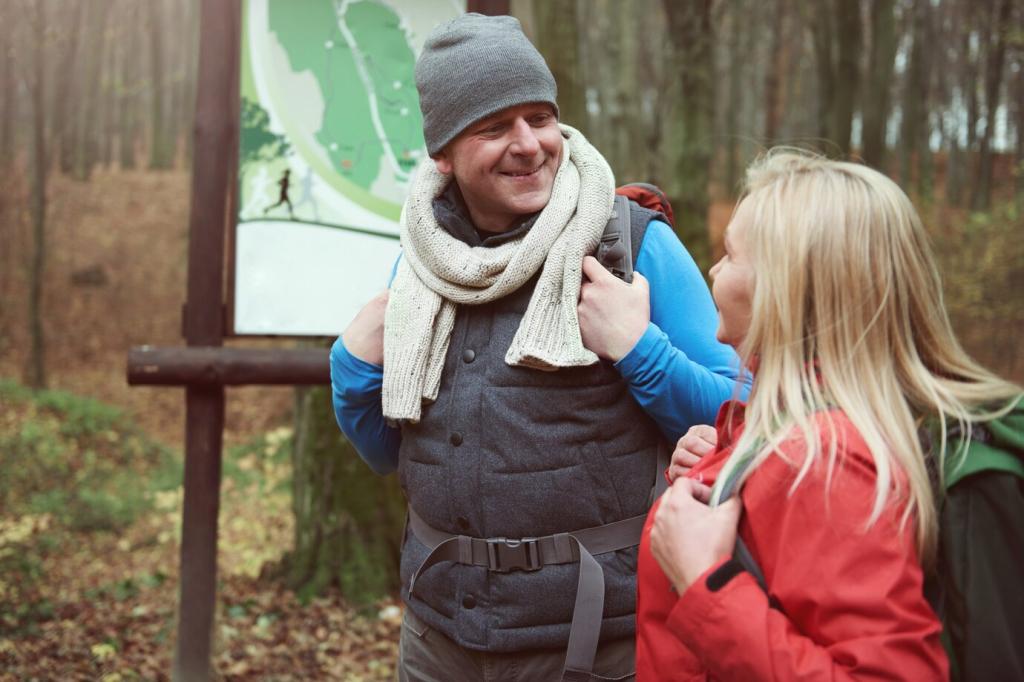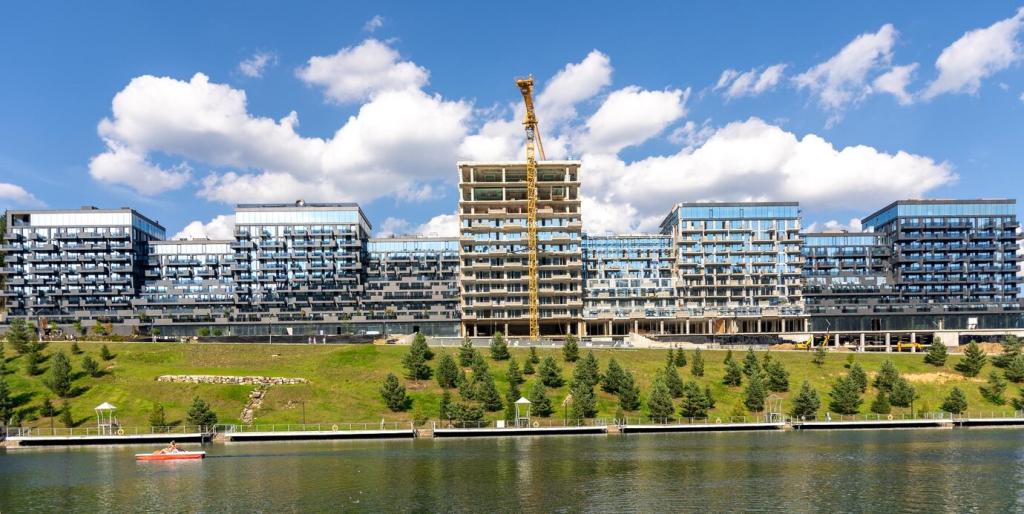Incorporating Native Plants in Public Park Design: People, Place, and Ecology
Why Native Plants Belong at the Heart of Parks
Native plant communities feed local pollinators, shelter birds, and rebuild soil life. When parks host familiar flora, wildlife shows up quickly, and visitors notice the difference. Tell us which species you’d love to see thriving along your neighborhood paths.


Why Native Plants Belong at the Heart of Parks
Native species evolved with regional rainfall patterns, cutting irrigation needs and reducing stormwater runoff. That saves budgets and supports healthier streams. Have you measured water savings after switching to natives? Share your numbers or questions, and we’ll feature practical calculators in our next post.
Design Principles for Native-Rich Parks
Layering life for comfort and habitat
Design with tree canopies, understory shrubs, and herbaceous layers to create habitat and human comfort. Layering frames views, shades benches, and buffers noise. Post a photo of your favorite layered corner, and we’ll analyze its structure in a future guide for community inspiration.
Seasonal choreography that never quits
Select natives for staggered bloom, fruit, and foliage so parks feel alive year-round. Spring ephemerals invite wonder; late asters feed migrating monarchs. Which season needs more color in your park? Tell us, and we’ll suggest region-specific palettes that keep interest humming.
Habitat mosaics at a human scale
Break large lawns into meadows, thickets, and wetland edges stitched by paths. Small patches still add big ecological value when connected. Ask about corridor widths or edge treatments below, and subscribe to get our forthcoming pattern library tailored for park retrofits.
Story: A Community Reimagines Its Park with Natives
Before the shift
Our team visited a compact urban park dominated by thirsty turf and generic shrubs. Neighbors felt it looked tired. We mapped soil compaction, sun, and drainage, then proposed native meadows, rain gardens, and a grove honoring the area’s original oak savanna.

Engaging the Public Around Native Planting
01
Clear, friendly signs explain why a patch looks ‘wild’—and how it supports pollinators or saves water. Use QR codes linking to plant profiles and volunteer shifts. Want sample templates? Ask below, and we’ll share downloadable files with editable layers for your park.
02
Invite visitors to log blooms and birds through easy apps. Data validates design and wins funding. Post which platform your community prefers, and we’ll publish setup guides plus a calendar for phenology walks and seasonal BioBlitz events everyone can enjoy.
03
Create chalkboard kiosks or online forms for plant requests, maintenance notes, and story submissions. People protect what they help shape. Tell us one change that would increase stewardship in your park, and subscribe to see crowd-sourced solutions highlighted in our monthly roundup.
Maintenance That Lets Nature Do More Work
Low-input plans with clear zones
Right plant, right place minimizes mowing, watering, and fertilizing. Set clear zones: high-touch near entries, wild cores beyond. Curious about maintenance budgets? Share your acreage, and we’ll model a sample plan comparing conventional care with native-forward regimes that save time.
Invasive species defense
Pair early detection with targeted removal, mulching, and dense native planting to occupy niches. Volunteers can help if trained well. What invasive species challenge you most? Comment, and we’ll queue a practical playbook tailored to your region’s pressure and seasonal windows.
Climate adaptation in practice
Blend local ecotypes with climate-analog natives from slightly warmer zones to buffer change, while respecting genetic integrity. Want a starter list? Subscribe, and tell us your USDA zone or equivalent, so we can craft resilient palettes responsibly for your park.

